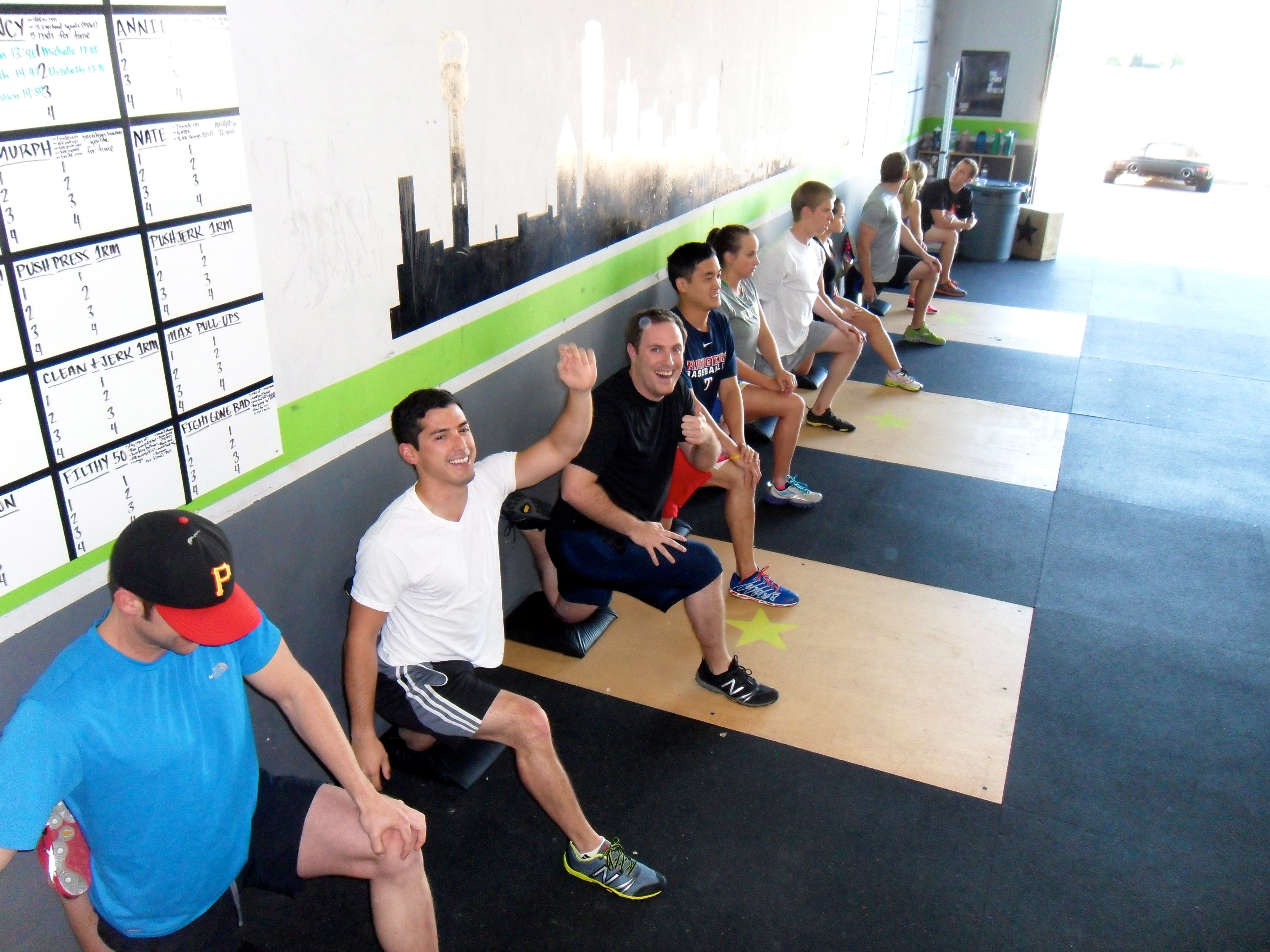So “Nicole” came and went on Monday. It’s safe to say that many of you are still feeling some residual soreness from all of the pull-ups. Let’s talk about soreness for a minute. Soreness is cause by micro-trauma, or small tears, in the muscles due to constant stimulation. After this breakdown, the muscle restructures and grows larger which is also known as hypertr0phy. The muscle will grow bigger and stronger given the correct nutritional and recovery conditions. So soreness is expected on some levels. The technical term for a more delayed soreness response is Delayed Onset Muscle Soreness. DOMS can start anywhere between 8-24 hours and may peak around 24-72 hours post exercise. Pain with DOMS is usually only felt when the muscle is stretched or put under pressure. If you have a muscle that is hurting while at rest, it may be due to a pull or strain and should be dealt with accordingly. DOMS is more closely associated with a more eccentric loading of the muscles. This is when the muscle is lengthened while being contracted. The onset of soreness is different for every individual and will vary depending on the type of workout and level of fitness. So how do you address soreness before and after it hits?
Prevention
– Make sure to perform a more dynamic warm-up and try to stay away from static stretches.
– Focus on specific movements or joint angles that are present in the WOD when warming up.
– Cool down, stretch, foam roll, and/or trigger point post WOD paying close attention to any problem areas.
Relief
– If soreness is really bad, don’t be afraid to ice or take some anti inflammatory medication.
– Make sure to stick to a an anti inflammatory diet such as the Paleo diet and be weary of grains or sugars that will spike the insulin response.
– Drink tons of water. Drink until you feel like your teeth are floating. This will help remove toxins.
– Wear compression gear during or after the WOD for recovery to promote blood flow to sore areas.
– Low-intensity activities such as yoga, walking, or swimming can help muscles heal faster by increasing blood flow to the muscles.


